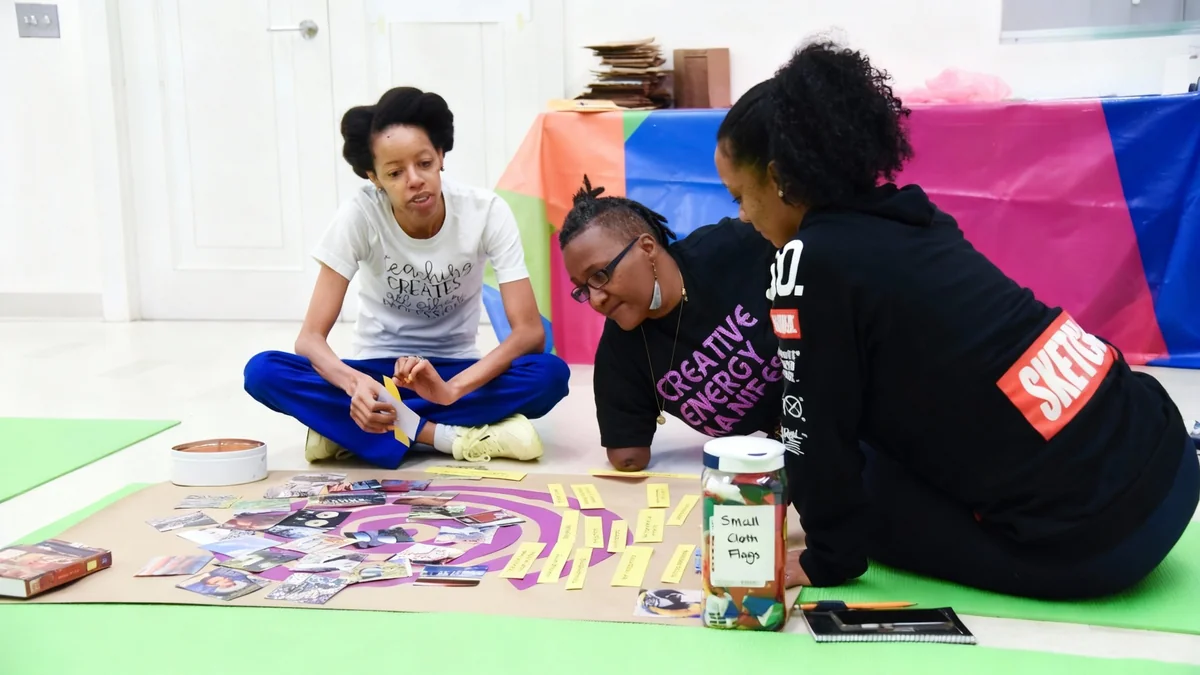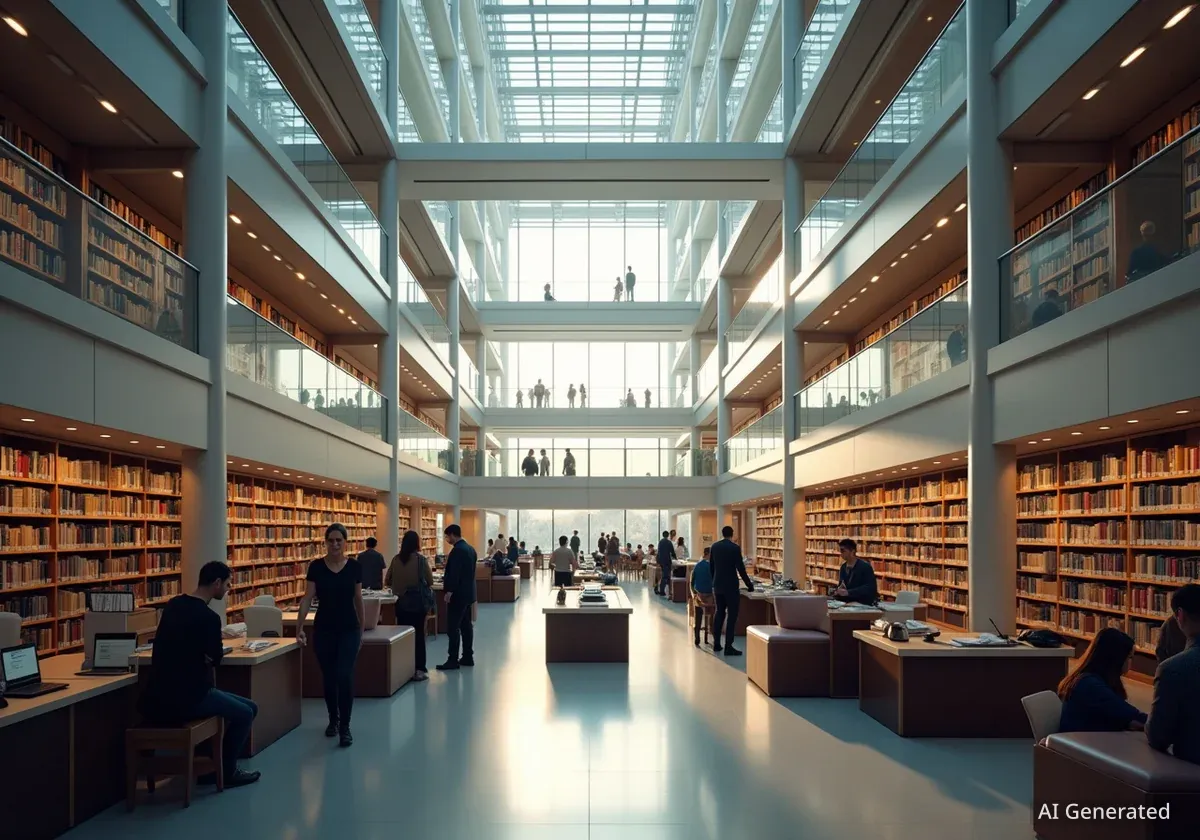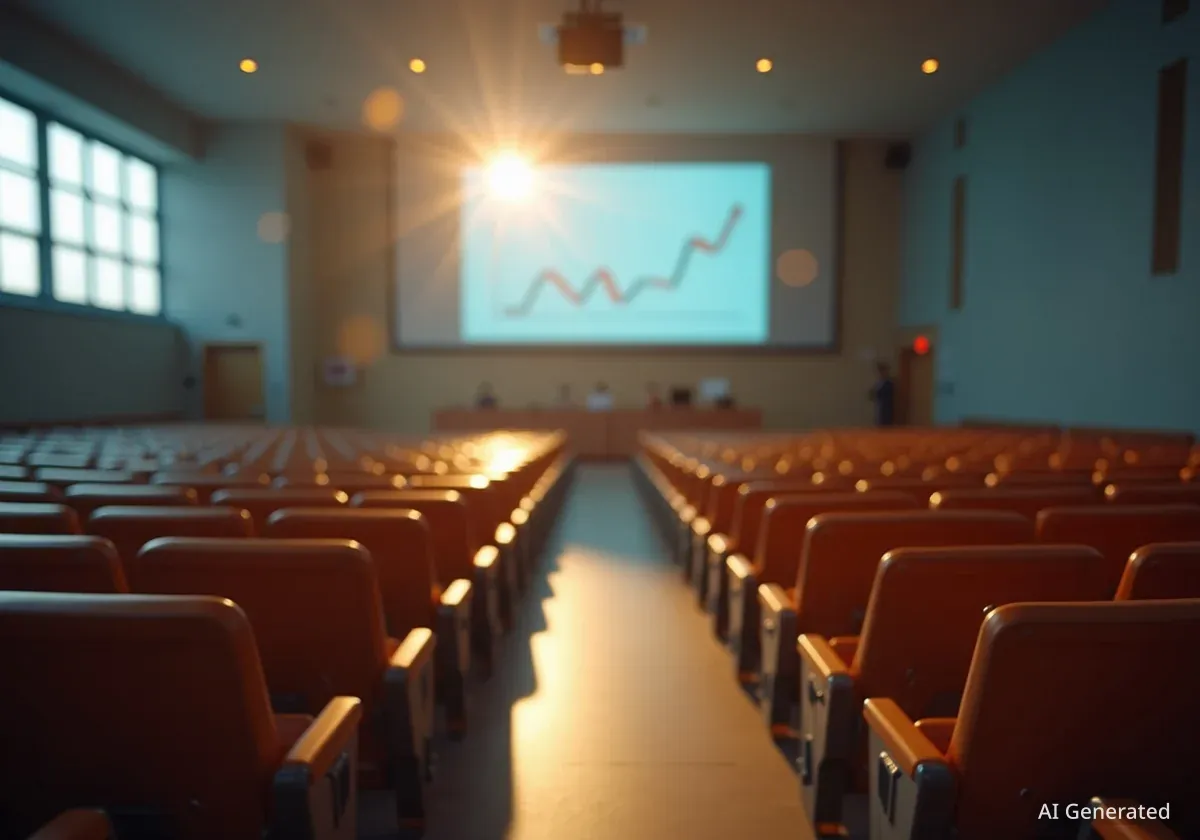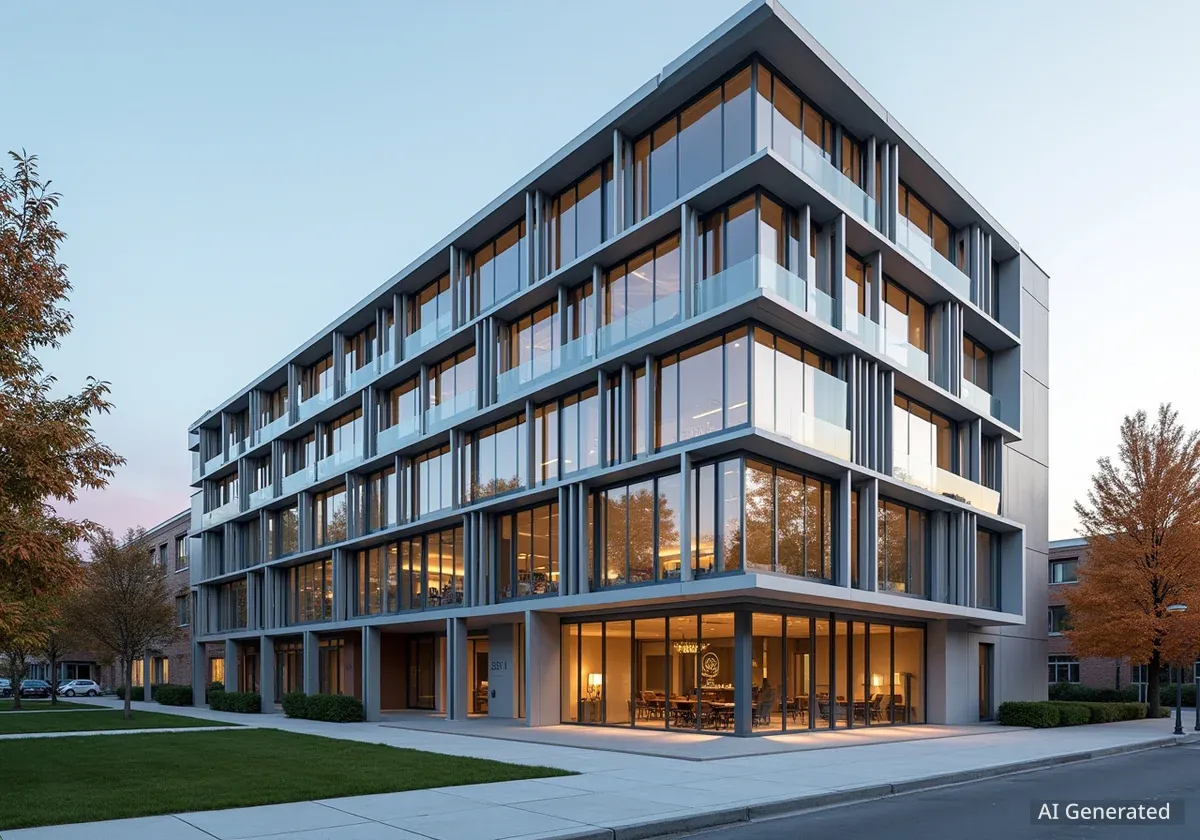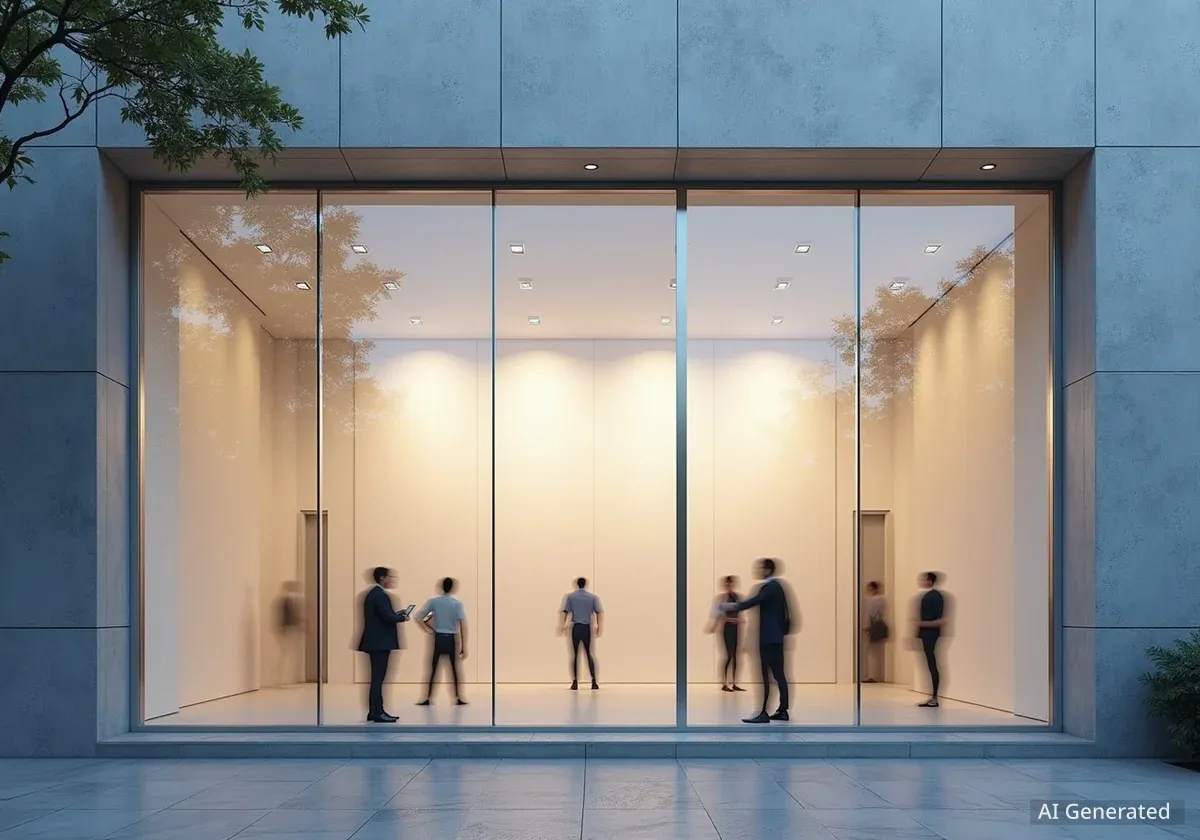The Baltimore Museum of Art (BMA) has received a significant donation exceeding $10 million from the Stoneridge Foundation. This gift, provided by Baltimore philanthropists Amy and Marc Meadows, marks the largest single donation in the museum's history. It is specifically earmarked to strengthen the BMA's art education department, aiming to integrate educational initiatives more deeply into the museum's core mission.
The donation will support a range of educational programs designed to benefit students and families across Baltimore and the surrounding areas. The museum plans to enhance access to art education, making it more available to diverse communities.
Key Takeaways
- Baltimore Museum of Art receives over $10 million from the Stoneridge Foundation.
- This is the largest single donation in the museum's history.
- Funds will significantly boost the art education department.
- New initiatives include transportation for school visits and free family activities.
- The gift will create teaching apprenticeships and new educator positions.
Elevating Education to the Museum's Core
Asma Naeem, the BMA's director, emphasized the transformative nature of this gift. She stated that it positions education not as a secondary activity, but as a central component of the museum's work. This commitment aims to highlight how museums are vital to cultural and civic society.
Naeem also pointed out that this donation shows philanthropic support for education does not solely need to come through traditional school systems. Museums, with their long-standing civic roles, can also play a major part in expanding educational opportunities.
Did You Know?
The Stoneridge Foundation, founded by Amy and Marc Meadows, has been a long-time supporter of the BMA and other prominent US museums, including the Smithsonian’s National Portrait Gallery.
Expanding Access and Opportunities for Students
A key focus of the new funding is to improve access for students. The gift will specifically support transportation costs for school groups visiting the museum. This removes a significant barrier for many schools, allowing more children to experience art firsthand.
Additionally, the museum plans to implement a two-year pass system. This system will allow some students to bring up to four guests each to the museum for free, encouraging broader family engagement with art and culture.
"On a broader level, this gift signals that education and philanthropic support for it do not just have to come through schools. Museums can also amplify education through their long-standing civic role."
Background on BMA's Educational Commitment
This substantial gift complements the opening of the museum’s Patricia and Mark Joseph Education Center in 2023. The center already signifies the BMA's dedication to education as a tool for community upliftment. The new funding reinforces this commitment, allowing for even greater impact.
Nurturing Future Museum Professionals
The donation will also create teaching apprenticeships for undergraduate students from local universities. Institutions like the Maryland Institute College of Art will see their students gain practical experience. These apprentices will learn to design and teach programs, bridging theoretical knowledge with real-world application during their formative years.
Naeem highlighted the importance of these apprenticeships in career development. Many students enter college without considering museums as a career path. This initiative will introduce them to core principles of museum and education work, including inquiry-based learning, critical thinking, and interdisciplinary exploration.
- Inquiry-based learning: Encourages students to ask questions and investigate.
- Critical thinking: Develops analytical and evaluative skills.
- Interdisciplinary exploration: Connects art with other subjects like history and science.
Strengthening the Education Department
The BMA's education department currently has 14 positions. Naeem described it as "understaffed" and unable to "accommodate all the requests" it receives. The new gift includes funding to establish additional positions for museum educators, which will significantly expand the department's capacity.
This expansion will allow the museum to serve more visitors and develop more extensive programming. It ensures that the BMA can meet the growing demand for its educational offerings and deepen its engagement with the community.
Community Impact
Last year, approximately 15,000 students, from kindergarten through university, visited the BMA. Director Naeem hopes to significantly increase these numbers in the coming years with the enhanced resources.
The Philanthropists Behind the Gift
Amy and Marc Meadows are long-standing patrons of the BMA. Amy Meadows has been involved with the museum since her childhood. Her family acquired their first artwork from the museum, a piece by Andy Warhol, through a rental-and-purchase program the BMA offered decades ago. Meadows still owns this work today.
"Amy and Marc are the gold standard of what art patrons should be: intellectually engaged and deeply understanding of how their philanthropy can be optimised."
Naeem praised the Meadows' commitment, describing them as "global art aficionados yet deeply humble." She noted their investment in the "less flashy moments of the art world" and their belief in art's connection to the city and community enrichment. Their philanthropy is driven by a strong moral compass and a soul, extending beyond just art's beauty and history.
Museums as Civic Organizations
In the coming months, the BMA will host events exploring the role of museums as civic organizations. These events will focus on fostering greater diversity within the field. They will bring together artists, community members, youth, and educators to discuss these important topics.
Naeem, who previously worked as a criminal prosecutor, has witnessed the profound impact of education. She has seen how the arts, in particular, can provide individuals from challenging backgrounds with a path toward a brighter future. She believes that positioning the BMA as an educational hub is essential for its continued relevance, especially as museums face critical issues like funding and the digital future.
Creating meaningful connections to artwork is not the only function of museums. They also foster meaningful relationships among visitors. This all contributes to a larger, interconnected society the BMA aims to achieve.
